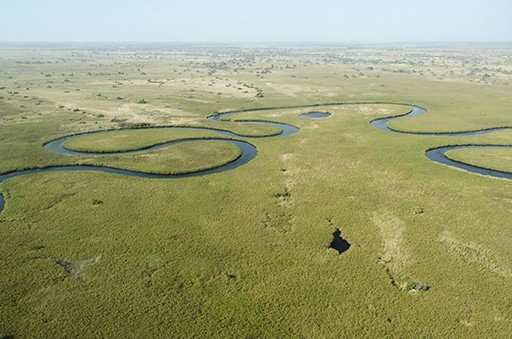7.3 A catastrophic decline?
Amphibians provide evidence that we might be on the verge of a sixth extinction event. The following extract is the abstract of a paper in the journal Proceedings of the National Academy of Sciences. As you read it, make notes of the separate factors that are having an impact on species diversity in amphibians.
Many scientists argue that we are either entering or in the midst of the sixth great mass extinction. Intense human pressure, both direct and indirect, is having profound effects on natural environments. The amphibians – frogs, salamanders, and caecilians – may be the only major group currently at risk globally. A detailed worldwide assessment and subsequent updates show that one-third or more of the 6,300 species are threatened with extinction. This trend is likely to accelerate because most amphibians occur in the tropics and have small geographic ranges that make them susceptible to extinction. The increasing pressure from habitat destruction and climate change is likely to have major impacts on narrowly adapted and distributed species. We show that salamanders on tropical mountains are particularly at risk. A new and significant threat to amphibians is a virulent, emerging infectious disease, chytridiomycosis, which appears to be globally distributed, and its effects may be exacerbated by global warming. This disease, which is caused by a fungal pathogen and implicated in serious declines and extinctions of >200 species of amphibians, poses the greatest threat to biodiversity of any known disease. Our data for frogs in the Sierra Nevada of California show that the fungus is having a devastating impact on native species, already weakened by the effects of pollution and introduced predators. A general message from amphibians is that we may have little time to stave off a potential mass extinction.
Activity 10 Amphibian diversity
List the factors that are having an impact on species diversity in amphibians.
Answer
Factors that impact on species diversity in amphibians are mentioned in the abstract of the paper above. They are defined as habitat loss, climate change and global warming, invasive predator species, disease and pollution.
Even if the planet is not heading for a sixth extinction, there is evidence to suggest that major changes in biodiversity are occurring. If the decline in species is to be halted, we need to not only take active measures, such as habitat protection, restrictions on trade and reduced carbon emissions, but also achieve a much better understanding among decision makers of the value of biodiversity. Above all, we need to maintain the constant monitoring of ecosystems and their populations of organisms so that biodiversity action plans are based on a firm evidential base. Here is the call to action for citizen scientists.

